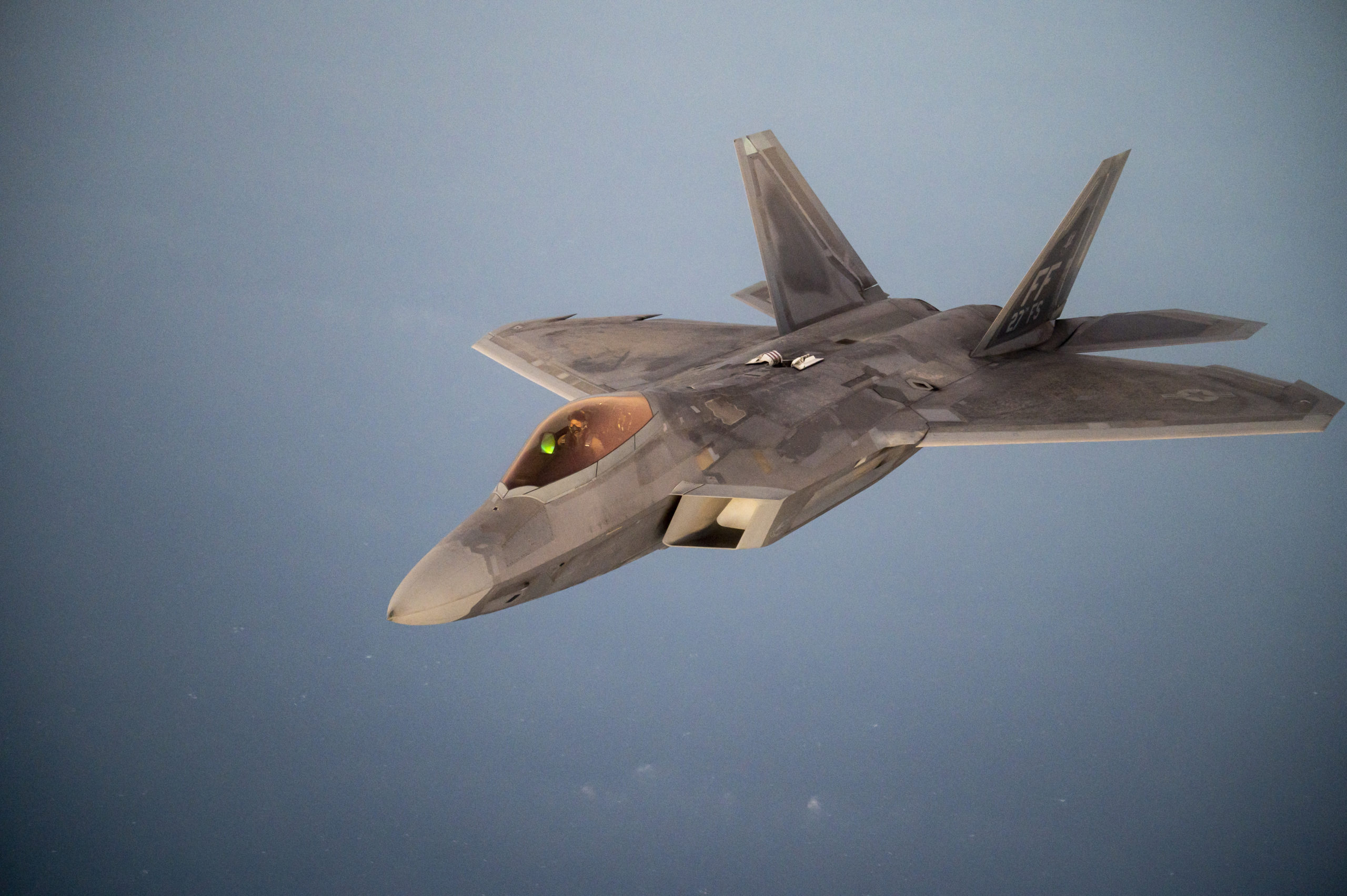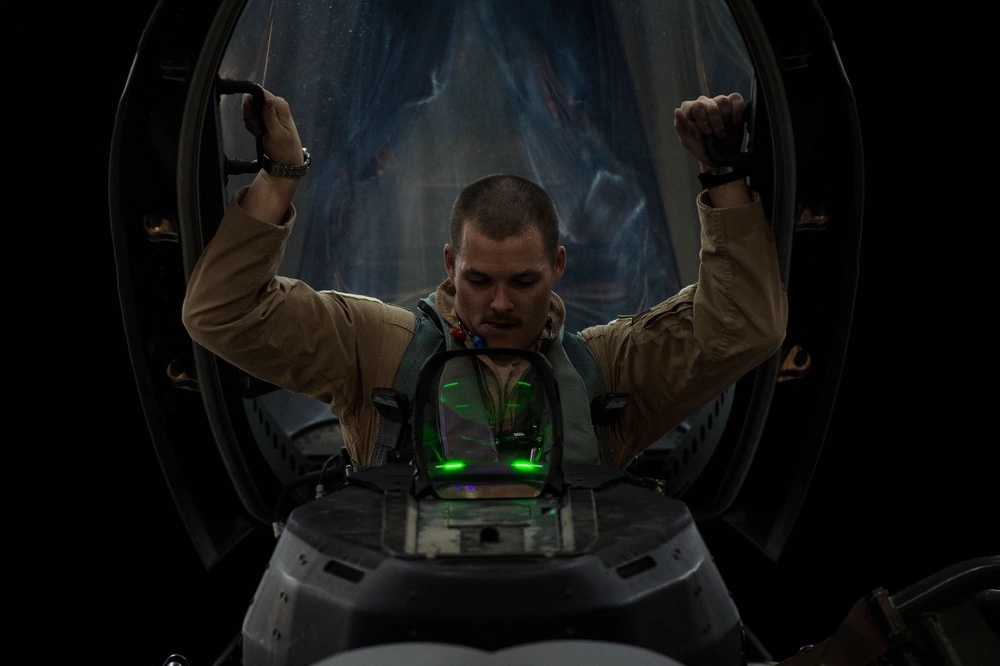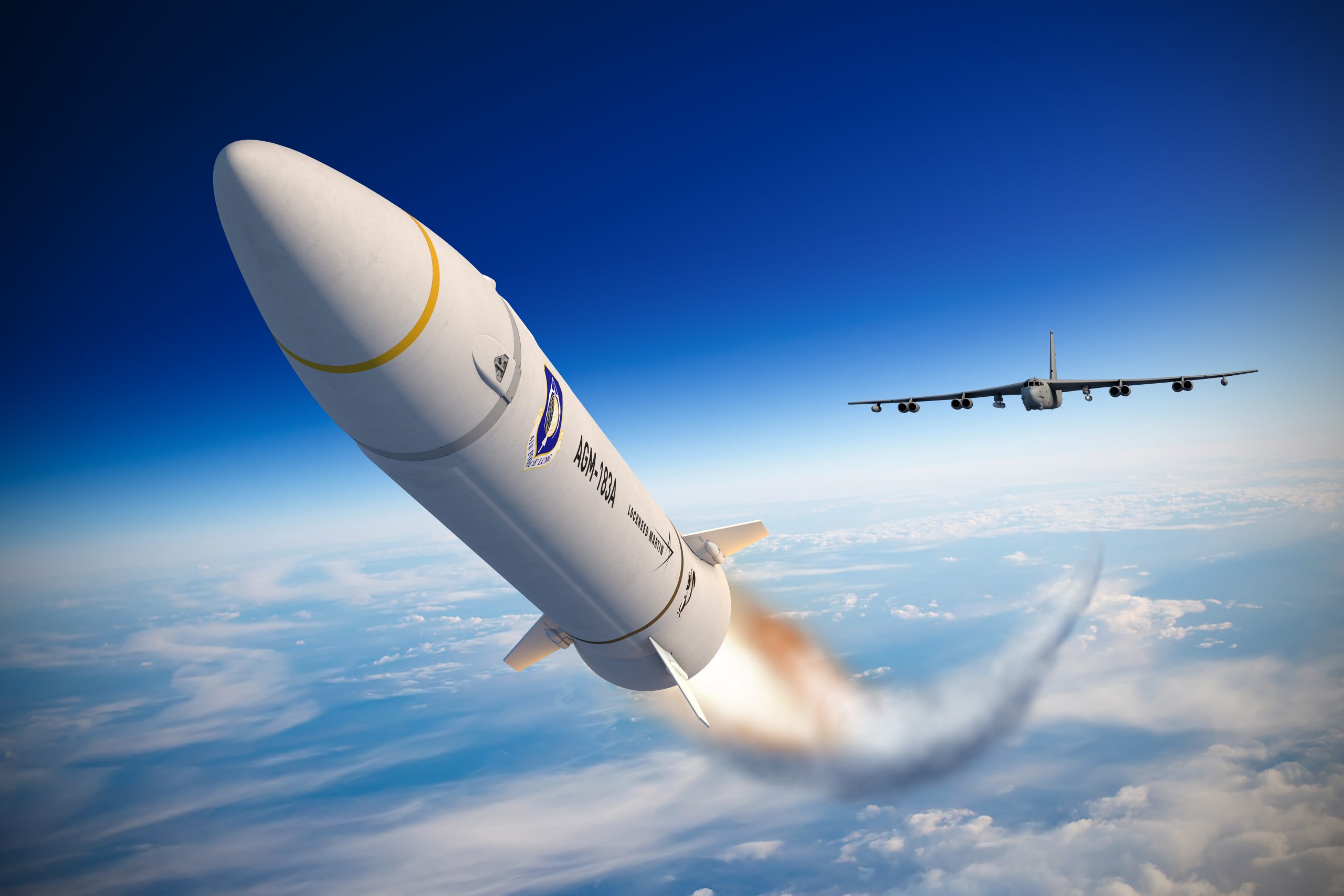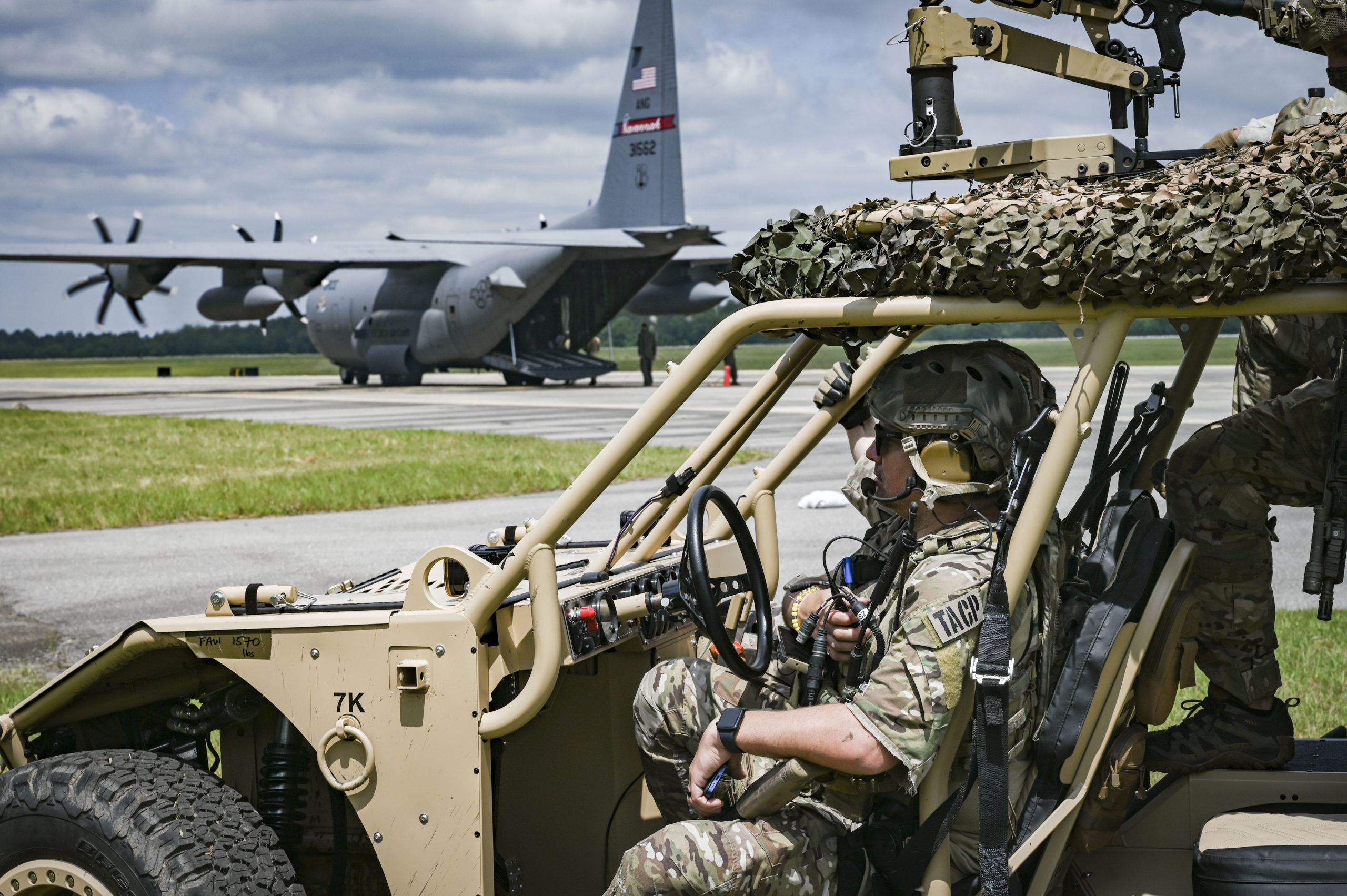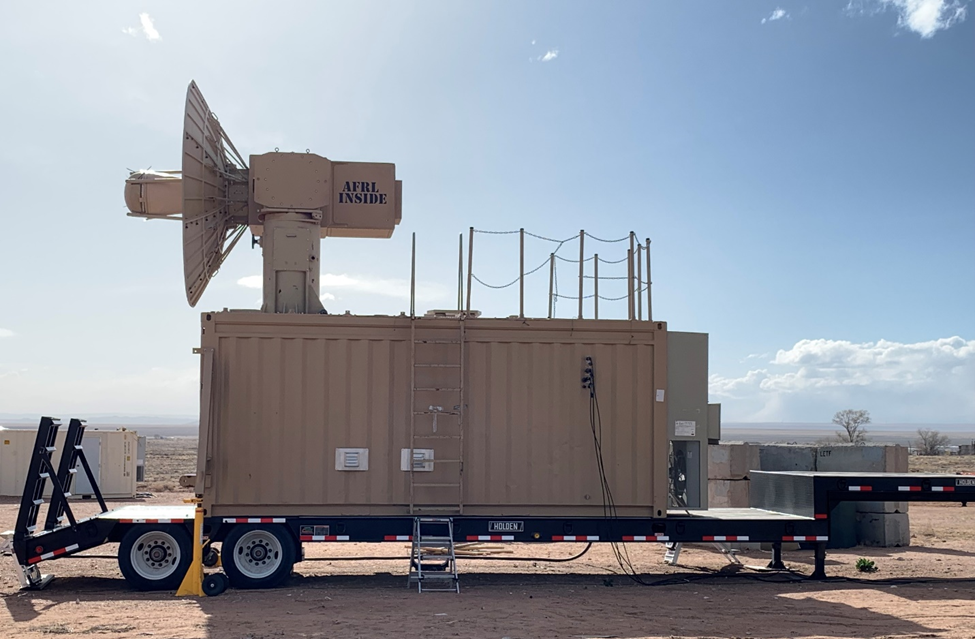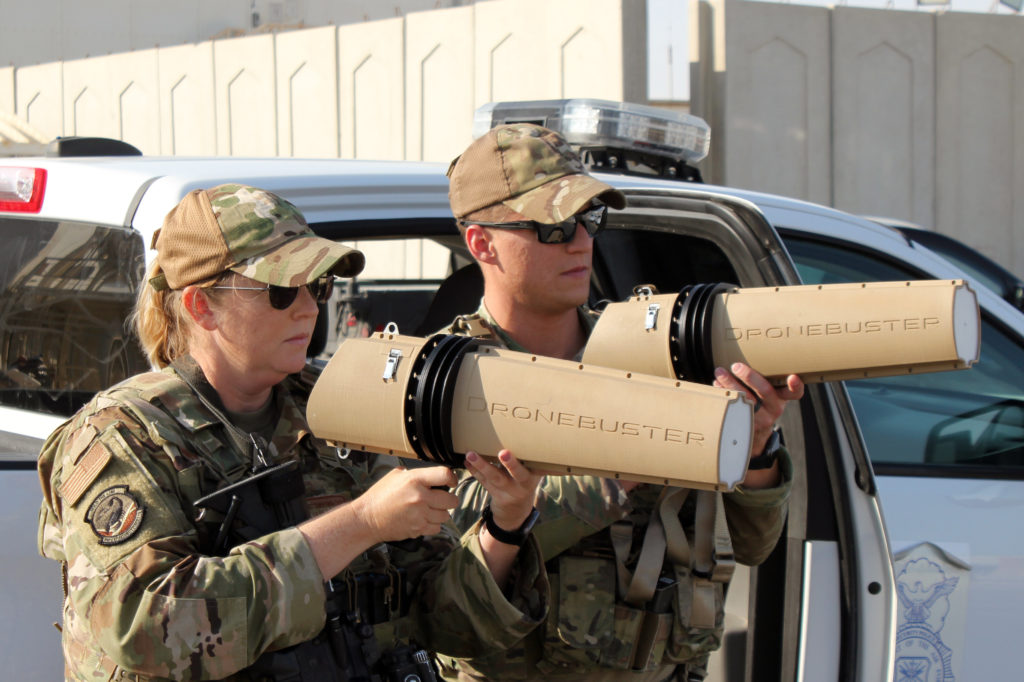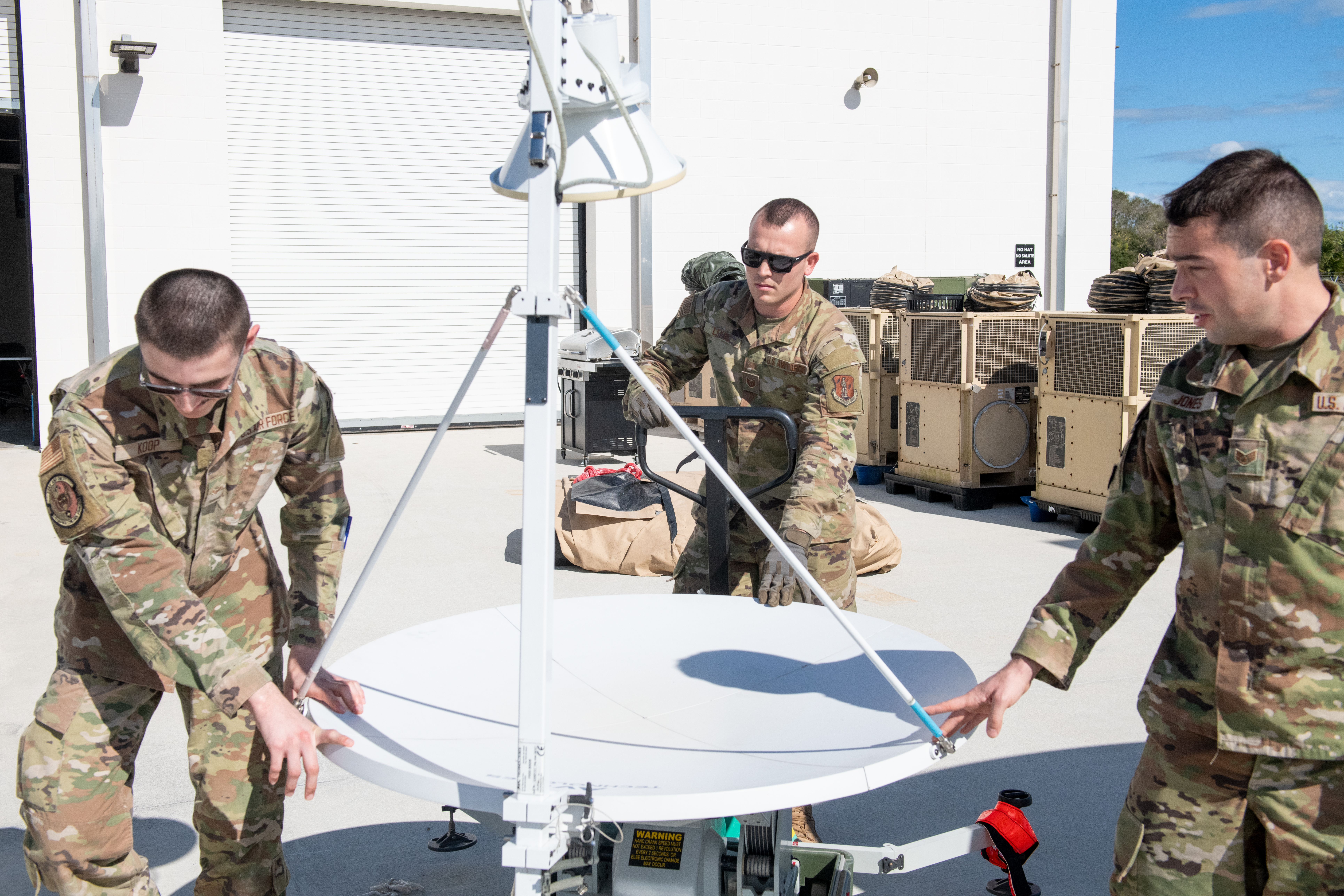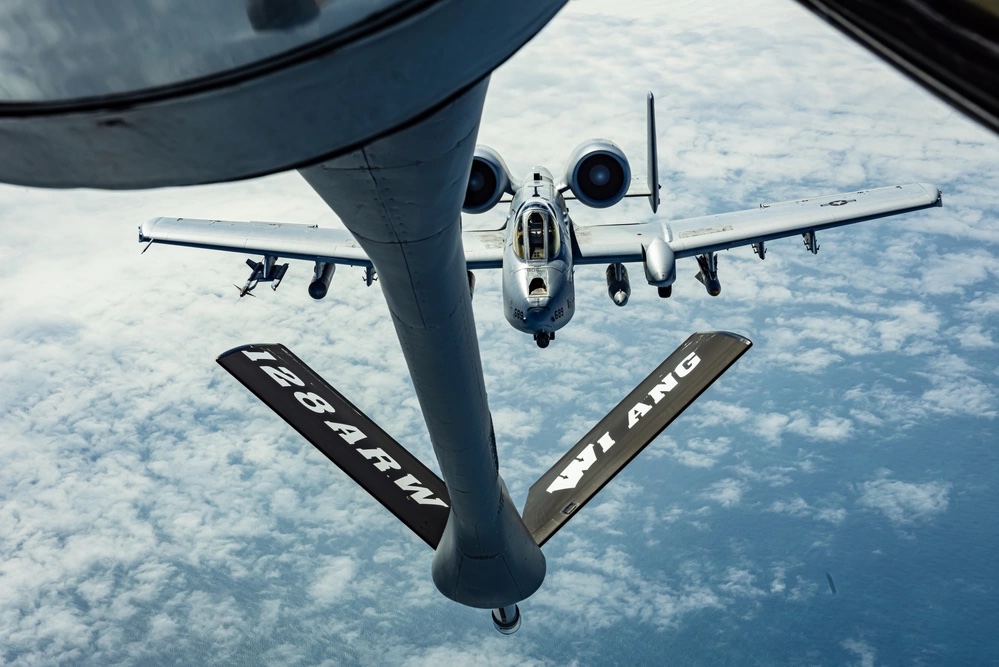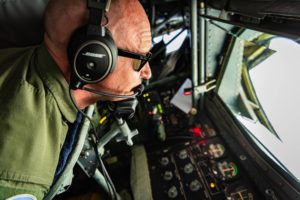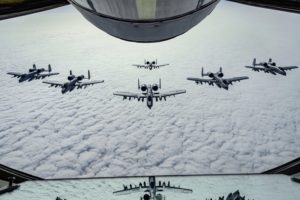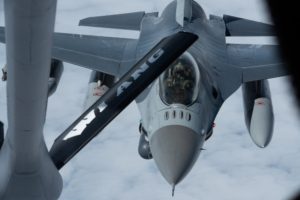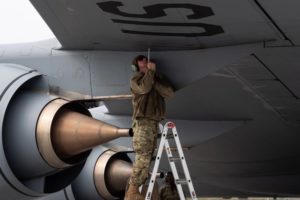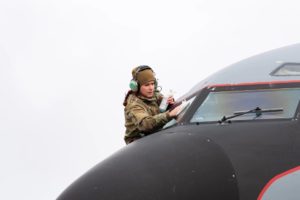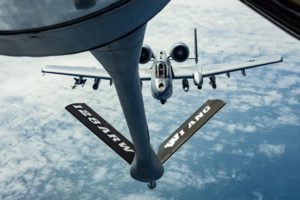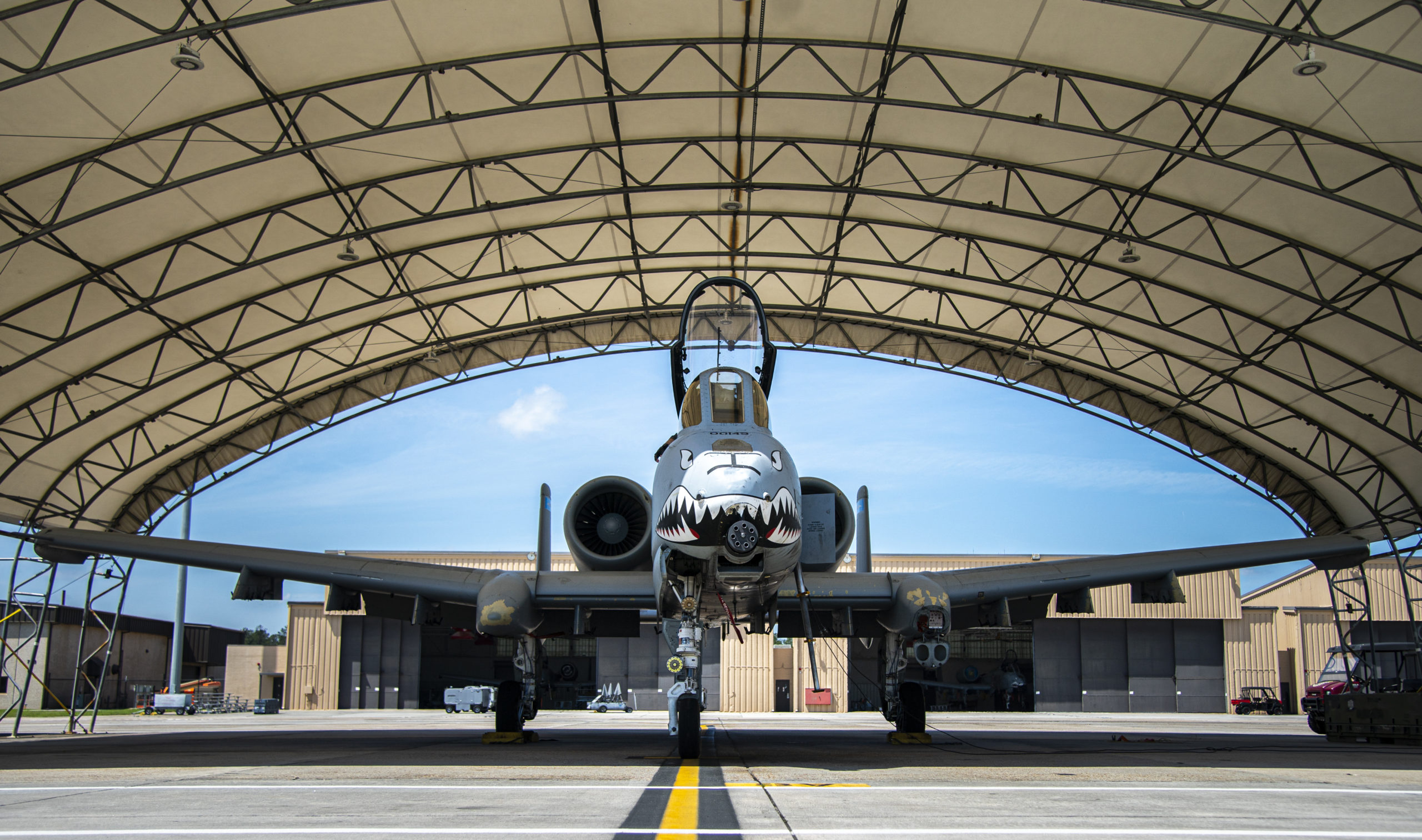Air & Space Forces Magazine’s 10-part series in 2022 profiling the history of every living former Air Force Chief of Staff won first place for series in a trade publication in the 2023 Dateline Awards for journalism excellence presented by the Society of Professional Journalists’ Washington D.C. chapter.
The Magazine also was a finalist in three other categories in a contest that received a record number of entries, according to SPJ. “The scope of outstanding journalism that takes place each year in the D.C. metro area is astonishing,” said Denise Dunbar, president of SPJ’s D.C. Pro Chapter.
The Chiefs series, which appeared in print and online in the August, September, October, and November issues, tells the story of the Air Force from 1986 to 2020 through the eyes of the 10 chiefs who led the force over those 34 years. The 10 articles can be found here.
The Magazine was also recognized as a finalist in these categories:
- Magazine Column, for John Tirpak’s March 2022 Strategy & Policy column, “Fast-tracking the Wedgetail.”
- Editorial/Opinion Writing, for a collection of editorials by Tobias Naegele
- Cover Design, for the April, August, and November 2022 magazine covers by Art Director Dash Parham, Production Manager Eric Lee, and Photo Editor Mike Tsukamoto
“A magazine is a team, the sum greater than all of its parts,” Naegele said. “This is a team achievement. Our readers are well aware of the work we do every day in our Daily Report and in each issue of the printed magazine. They are the most important judges of our output. But it’s aways good to know, as well, that that our coverage is also appreciated when compared to the very best work of all the other excellent journalists in a competition like this. We are grateful for the recognition.”


